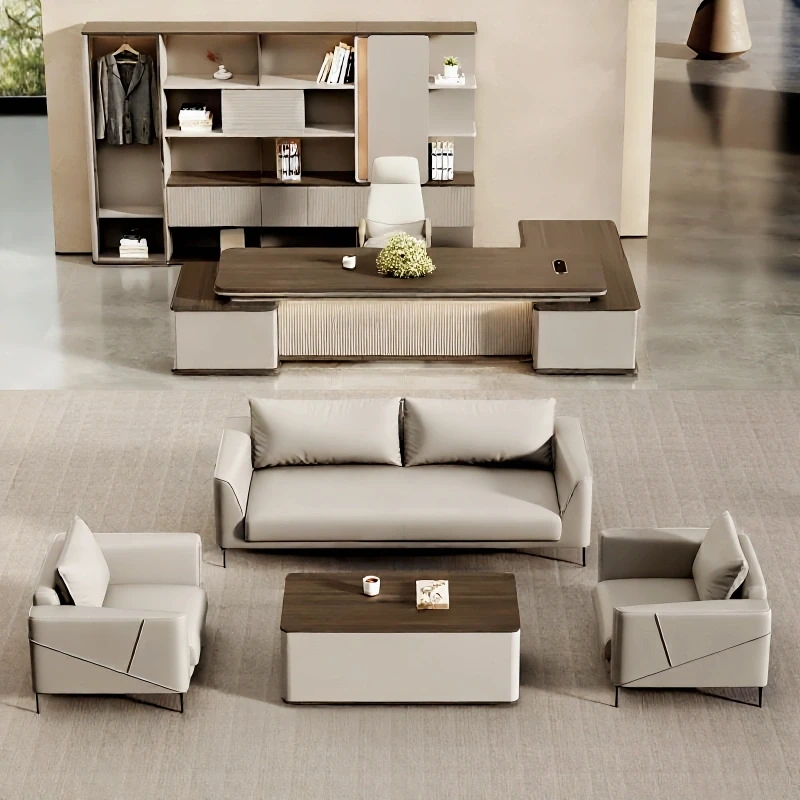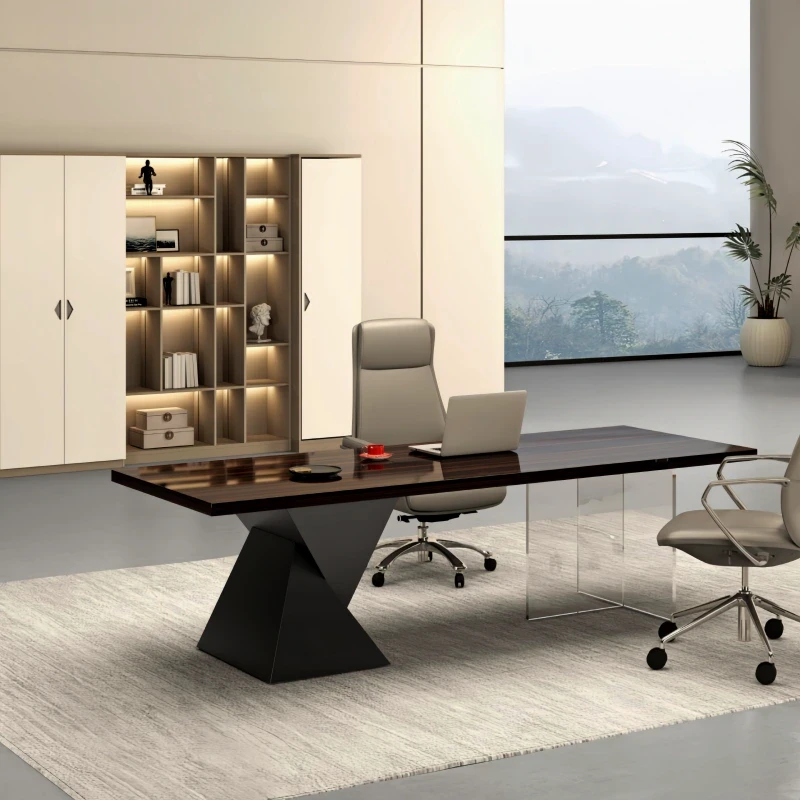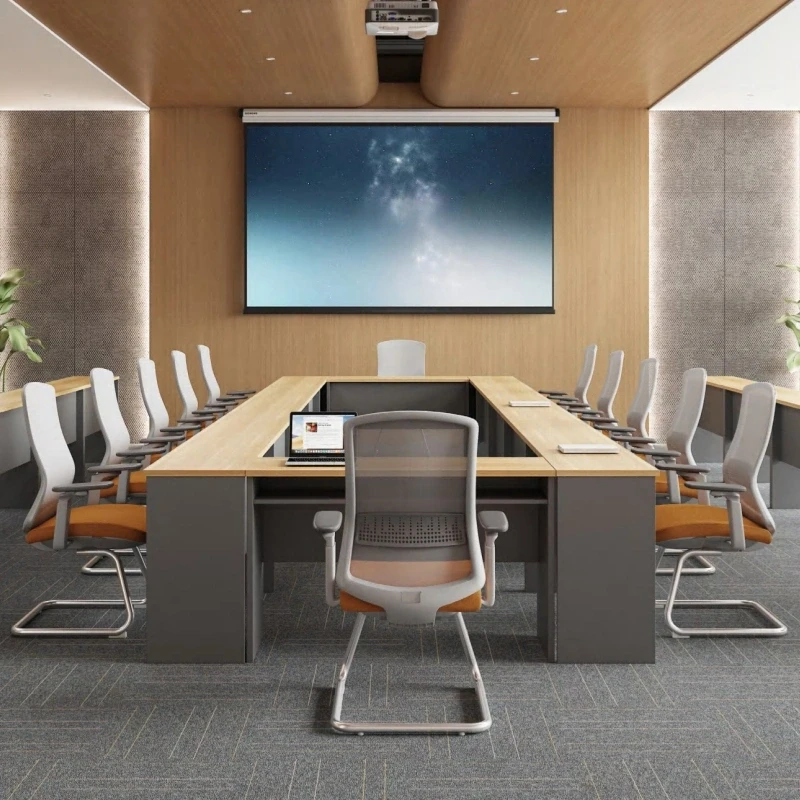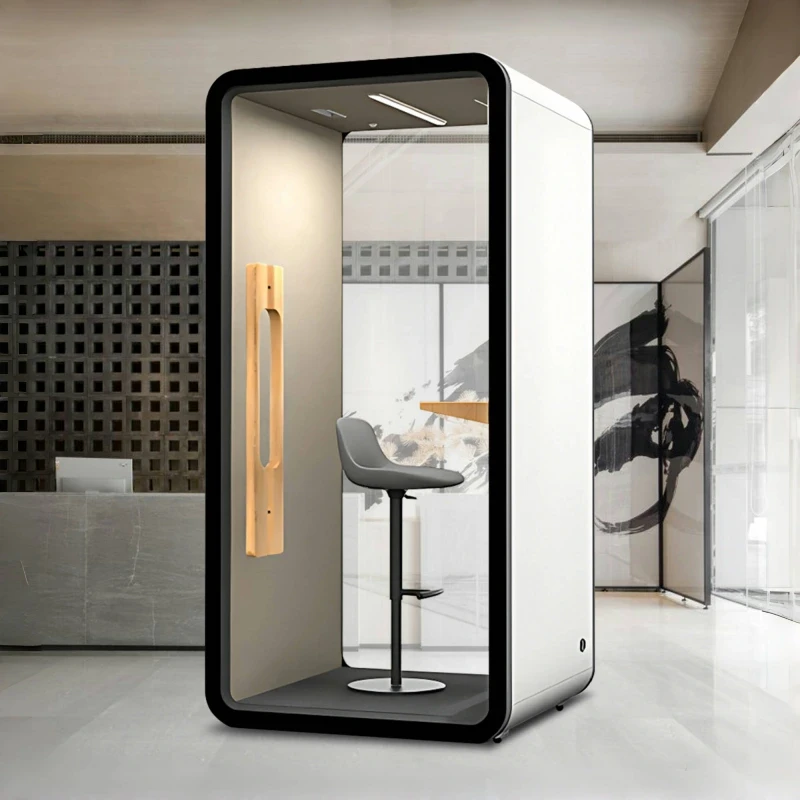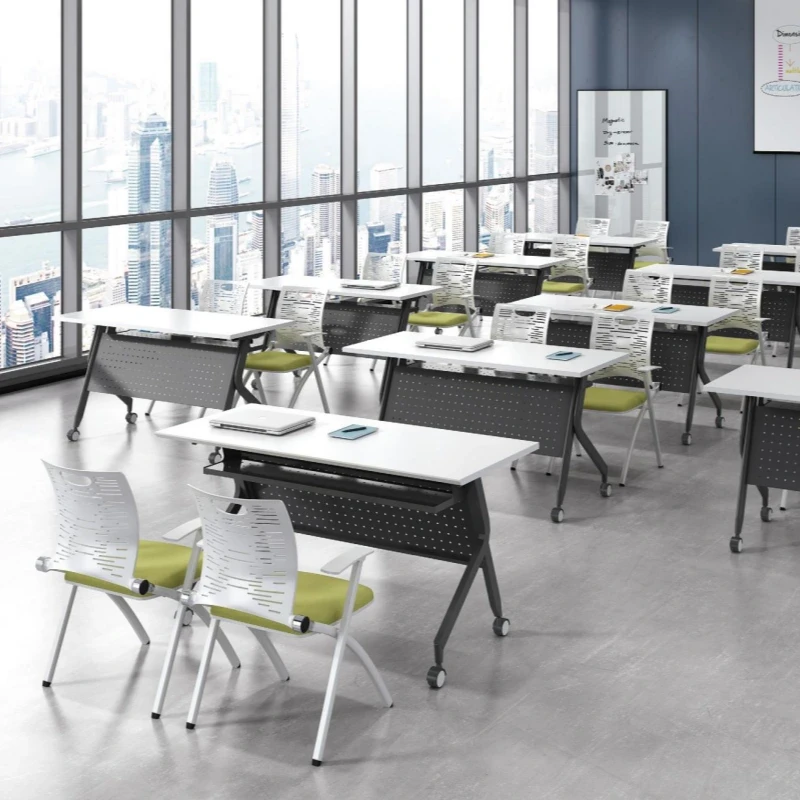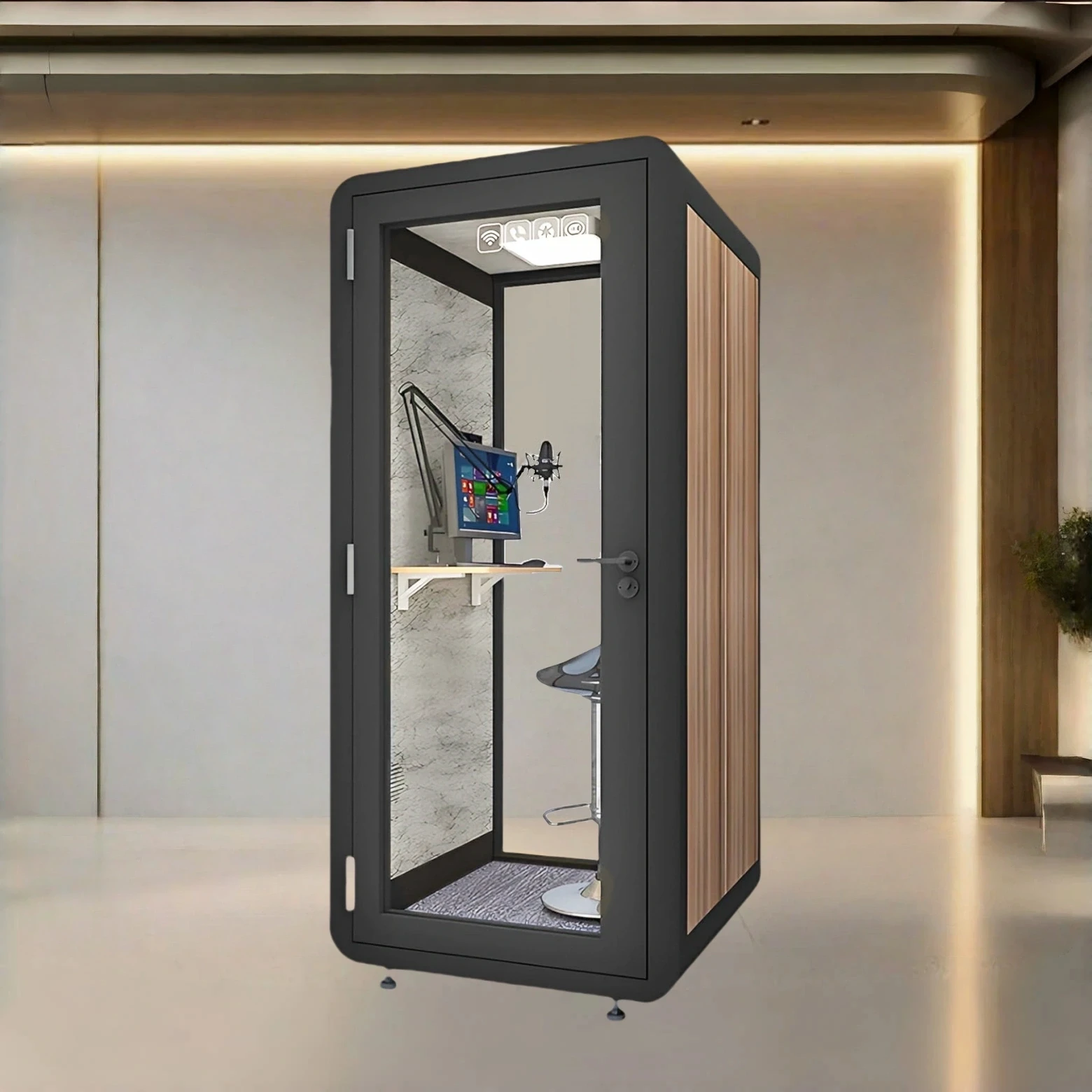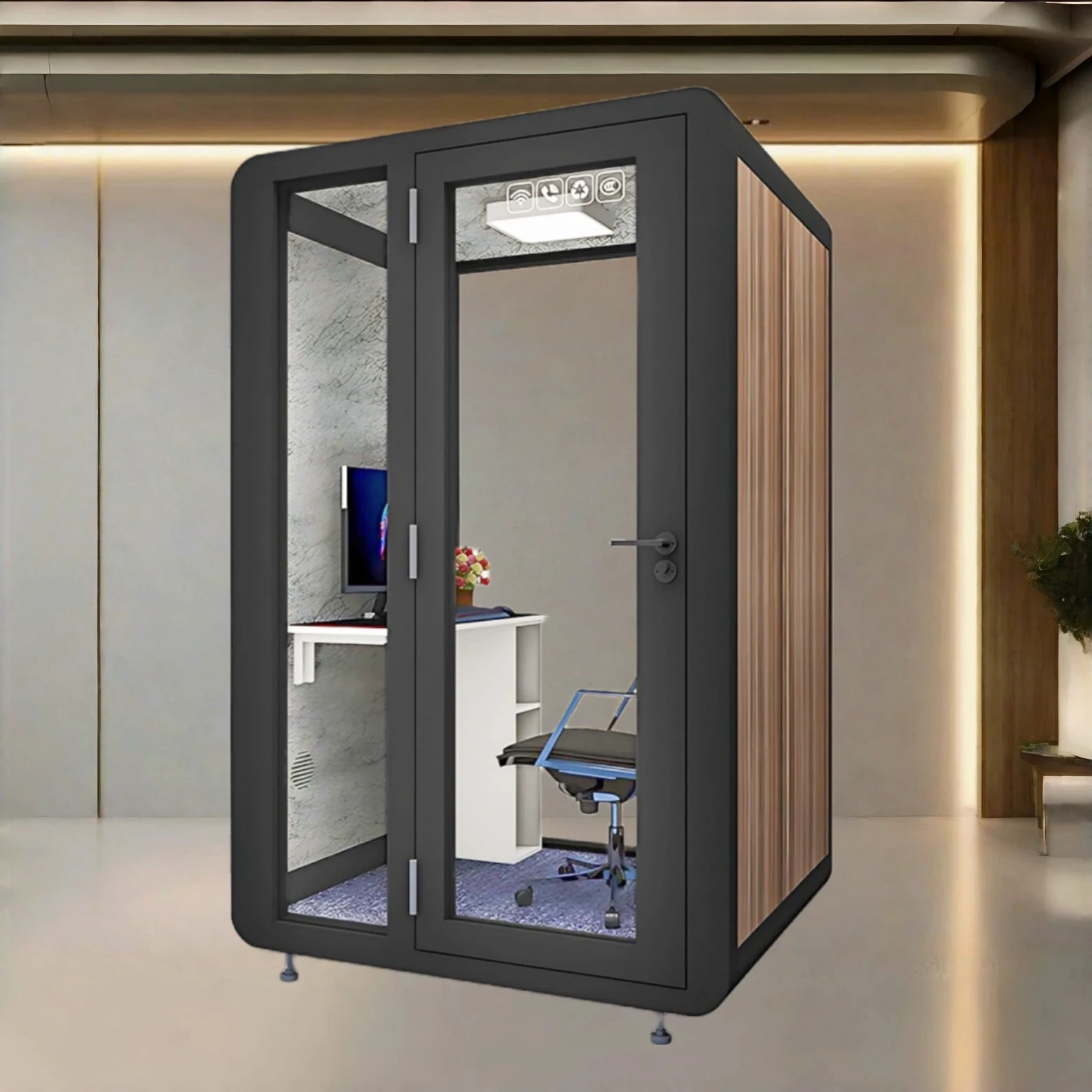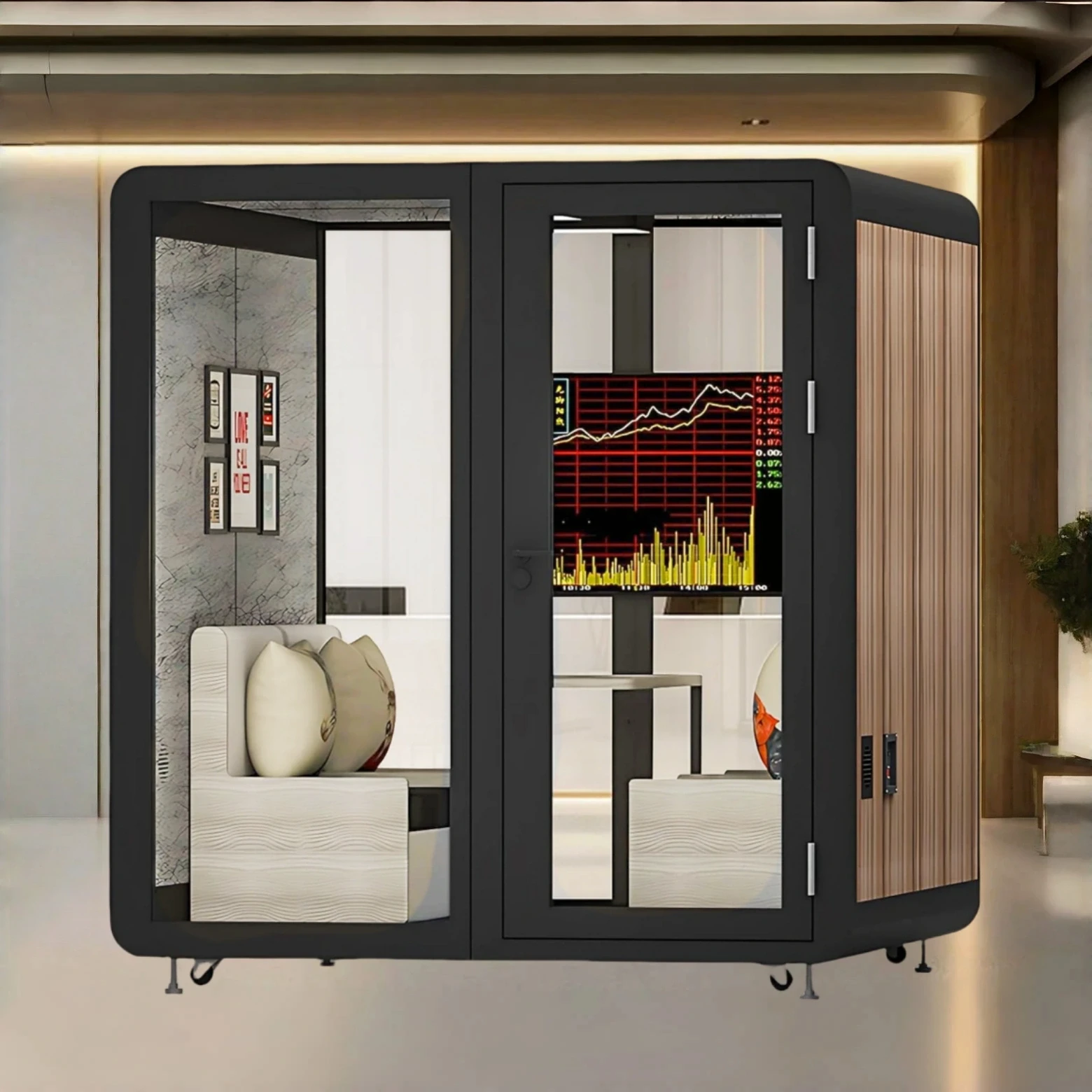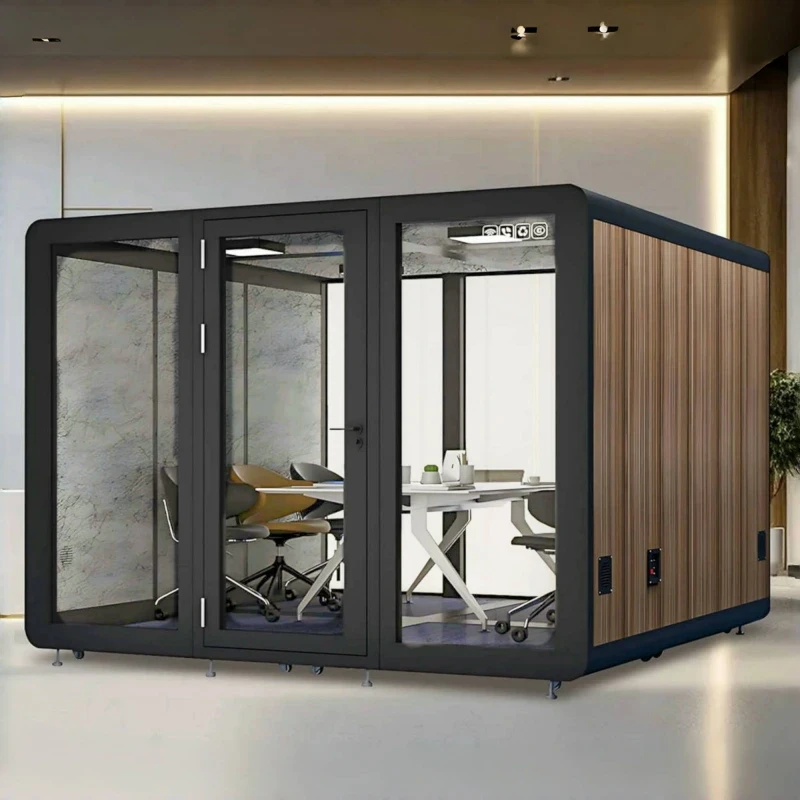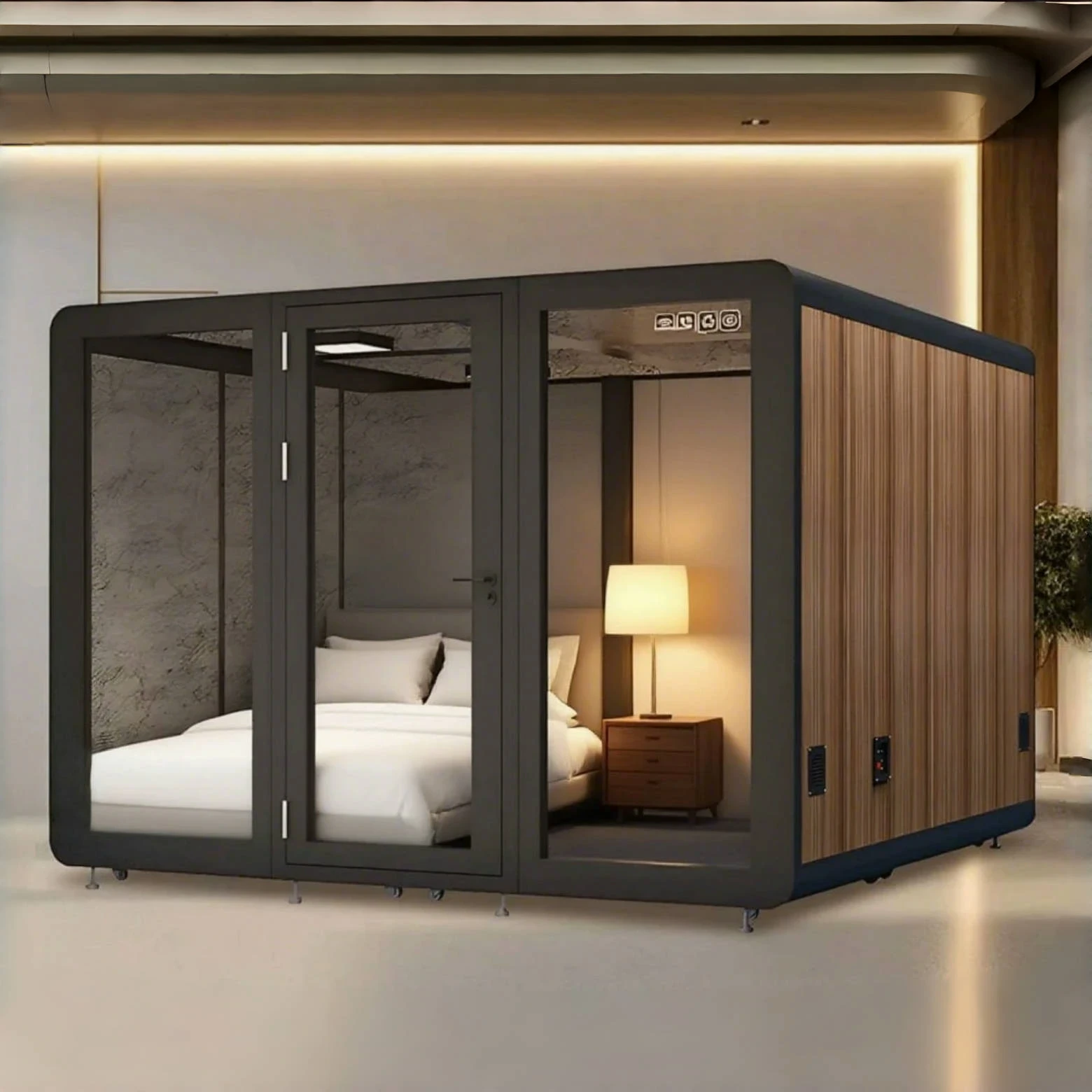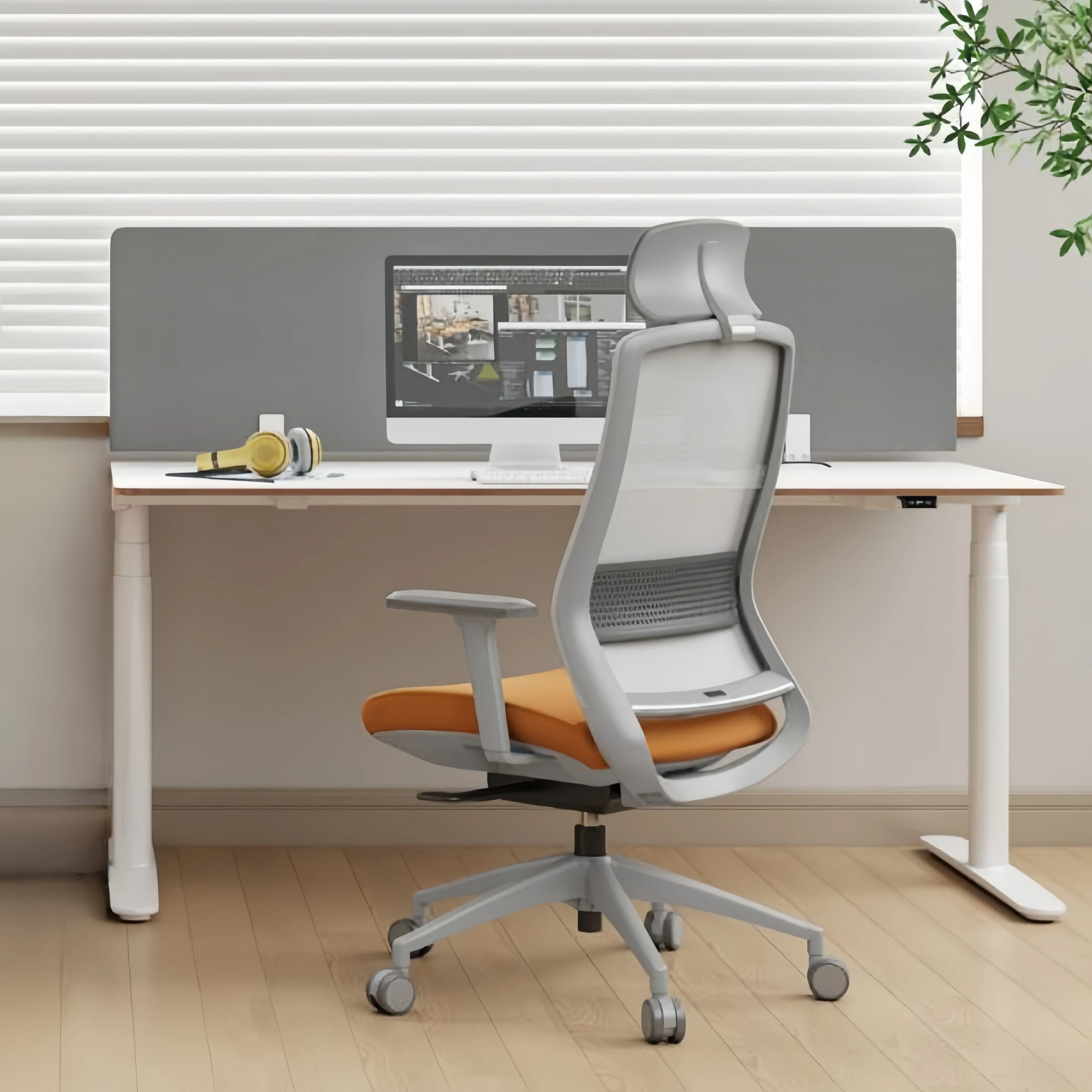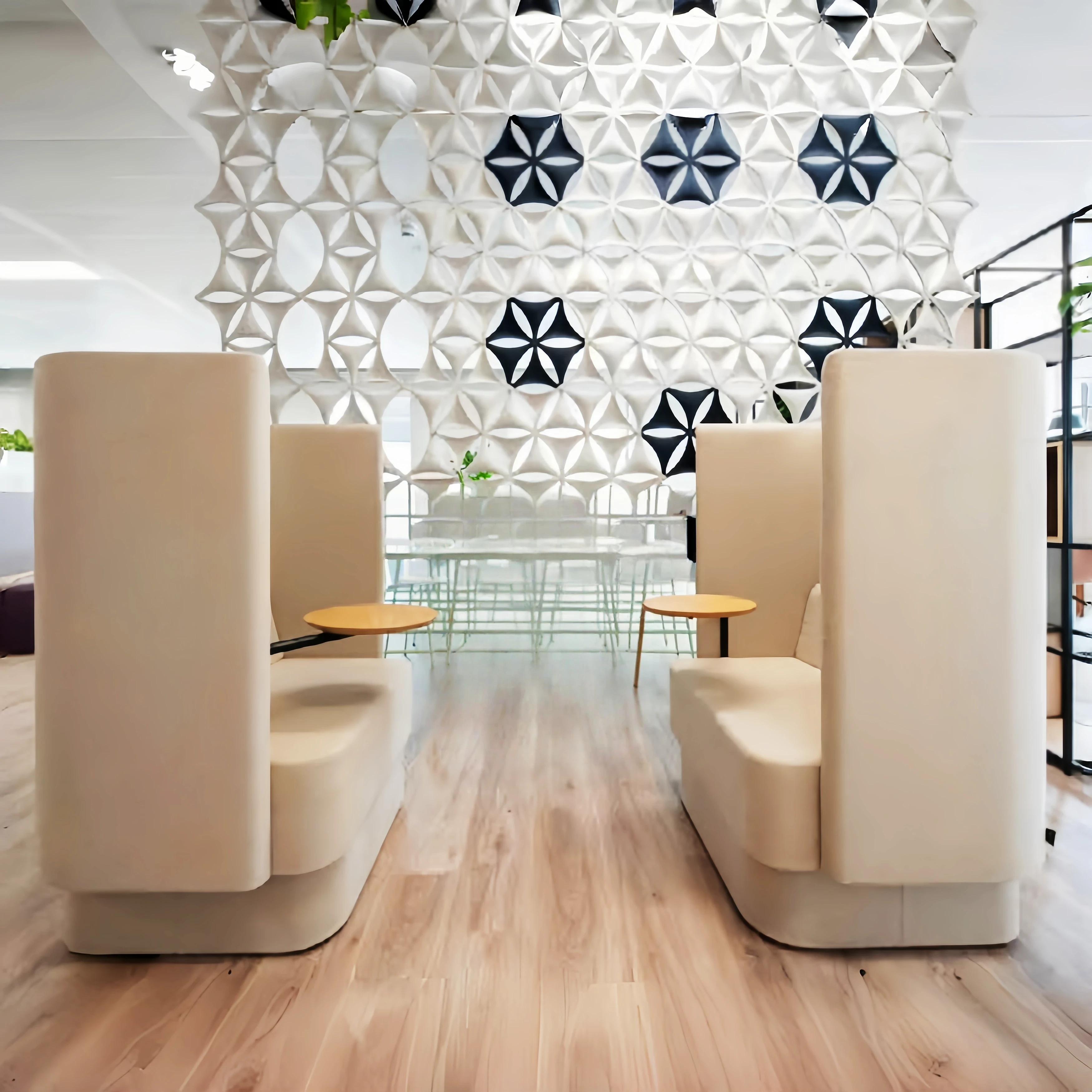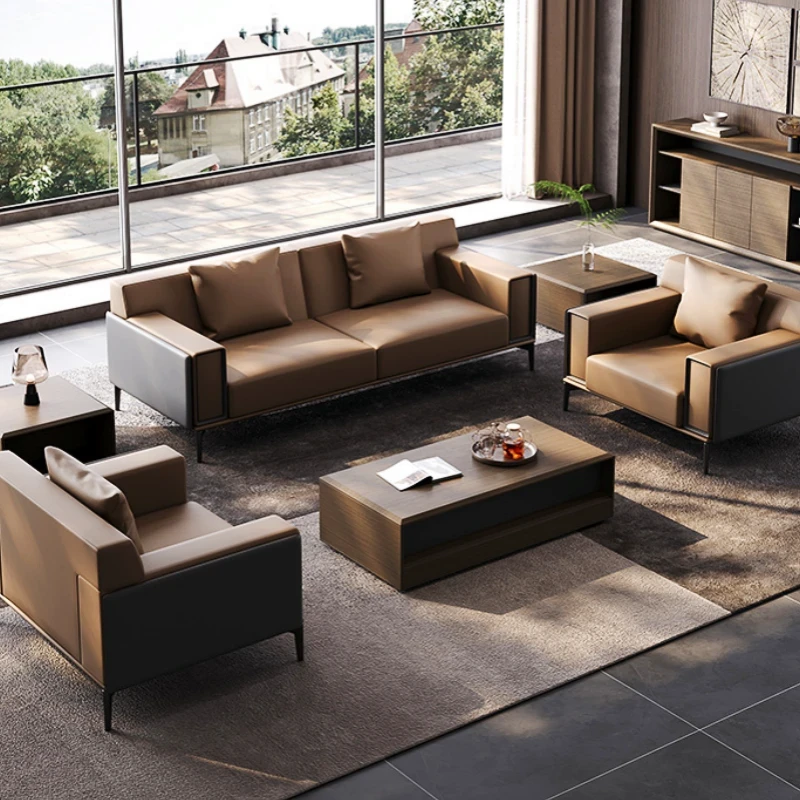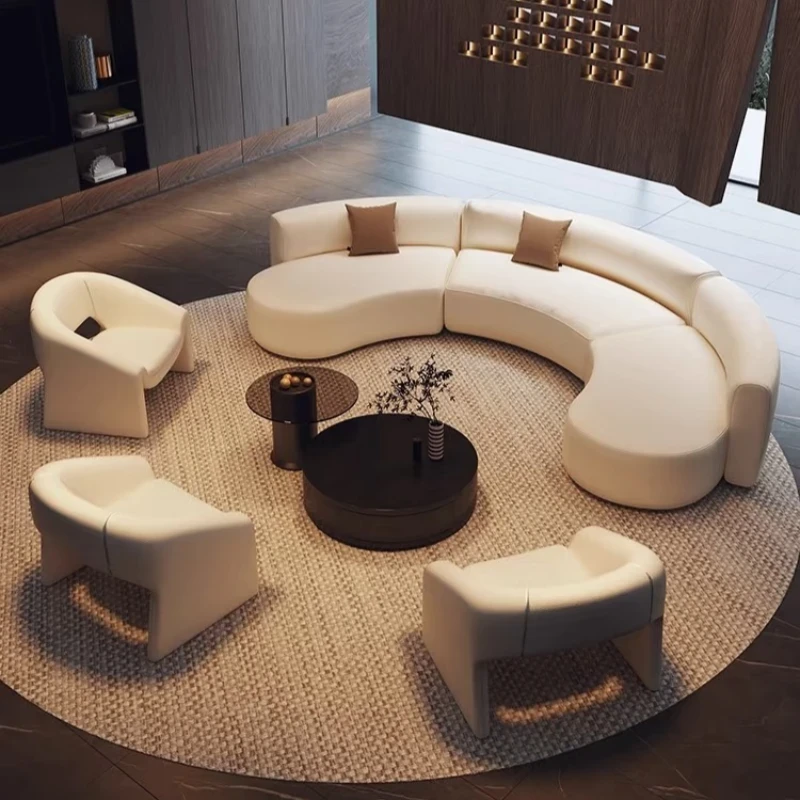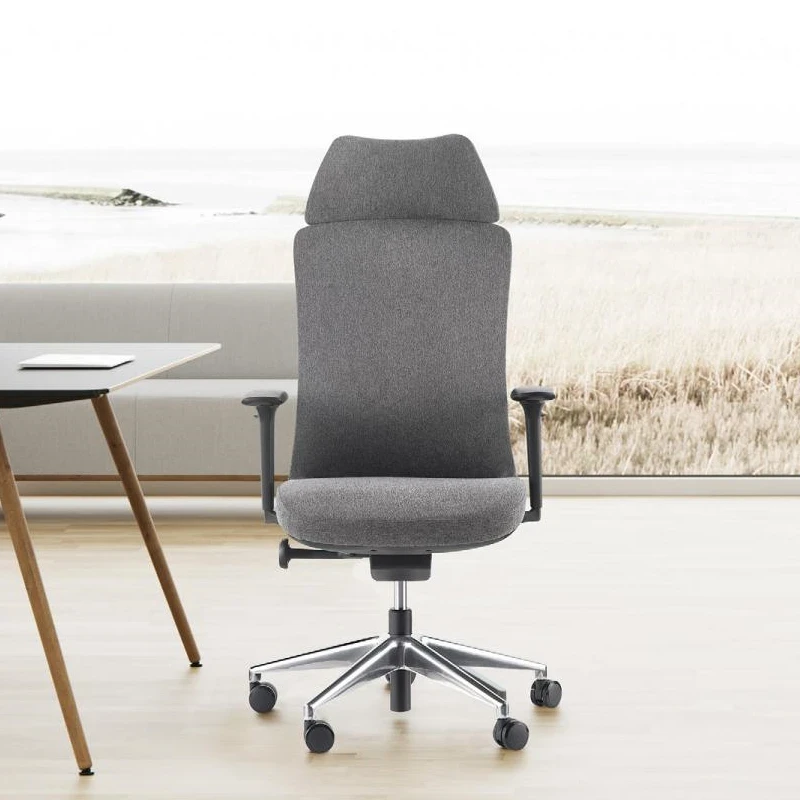A brief discussion of office furniture: it's a highly complementary furniture type within interior design projects. It not only shapes the interior's style but is also influenced by the four key elements of space: form, color, light, and texture. Therefore, the design process requires an understanding of the interior designer's artistic approach and a discussion with the client's business and management philosophy. Office corridors are typically designed with low illumination, which not only saves energy but also discourages excessive employee wandering, and therefore often lack furniture. However, corridors are currently transforming into leisure corridors, where space permits. Natural light, wall paintings, naturally textured marble floors, and comfortable carpets all create a relaxing atmosphere, with the alluring sofa becoming the focal point. The primary consideration in furniture design is to create a certain allure: this can be ambiguous and abstract, concrete, or explicit. Following international financial scandals, financial office buildings have become more open in their structural design, with extensive use of glass from exterior to interior, symbolizing a fair and transparent workplace. The abundance of natural light necessitates the furniture's relaxed, natural, and modern aesthetic, while the use of glass in the surroundings restricts the use of bright colors. Otherwise, the space's directiveness would be weakened, hindering office efficiency. Therefore, the contrasting fabric upholstery sofas serve as a key point of integration. This way, the full-length glass windows bring in abundant sunlight and natural views, while the soft, comfortable sofas await visitors, creating a sense of well-being and relaxation. The APEC's precise positioning dictated the bright, clean ambiance of the conference hall. The natural wood conference table and warmly colored chairs complement the leaders' traditional attire. Many financial institutions are designed to convey a sense of dignity and solemnity, an image reminiscent of elegant and generous residential interiors. Stylistically, design can be summarized as "forward-looking and backward-looking." It encompasses a backward-looking aspect that respects traditional culture, while also emphasizing forward-thinking, innovative thinking, and the creation of new aesthetics. Office space design primarily focuses on two key areas: modern, avant-garde style, and creating a friendly atmosphere. This design clearly falls into the latter category.
Shenzhen office furniture combines both roughness and refinement, with less open spaces being a popular trend in exhibition spaces, and this trend is now being widely adopted in office environment design. Large spaces often feature mechanical, exposed surfaces, while furniture often features elegant, natural wood textures, creating cozy workspaces. Office spaces often pursue a simple and elegant style, but a lack of decoration can feel spartan and cold. In this context, decorative furniture of varying styles can be incorporated to add a human touch. To enhance the humanistic nature of office spaces and encourage teamwork, curved conference tables are becoming increasingly popular. They can accommodate formal face-to-face conversations, casual conversations across the table, and intimate or private conversations with those around them, as needed. Conference tables not only feature the smooth curves of a bar counter, but also eliminate chairs, allowing people to sit at the table or lean against the wall. This creates a sense of hierarchy and fosters greater freedom of expression. Dramatic scenes are a common technique in Western design. Reception areas often feature humorous seating with sculptural angles, creating a welcoming and natural feel for visitors. Combined with comfortable sofas, this effectively shortens waiting times. In this office, a mix of humorous furniture in diverse styles creates a dramatic spatial character, imbued with a human touch. Designs that contrast brightly with the space are ideal for spaces with a high degree of fluidity. Typically, the floor plan utilizes smooth lines to evoke a natural flow between users and visitors. Design fundamentally addresses the balance between formality and innovation. In private offices, furniture typically creates two functional areas. A set of bookcases, a relatively imposing executive chair, a large desk, and two guest chairs opposite create a relatively formal transition zone. A separate, enclosed sofa creates a friendly atmosphere for communication, catering to the diverse needs of the work process. This model is gradually evolving. The workload imposed by certain office equipment can cause emotional fluctuations in workers, so design not only requires visual intervention to mitigate these stresses, but also requires pleasant amenities. Adjustable, movable, and wood-based features are incorporated into office furniture to support human needs. When a specific interface within an empty office space exhibits significant design "movement," furniture can be cleverly treated as sculptural artwork.

 USD
USD
 GBP
GBP
 EUR
EUR
